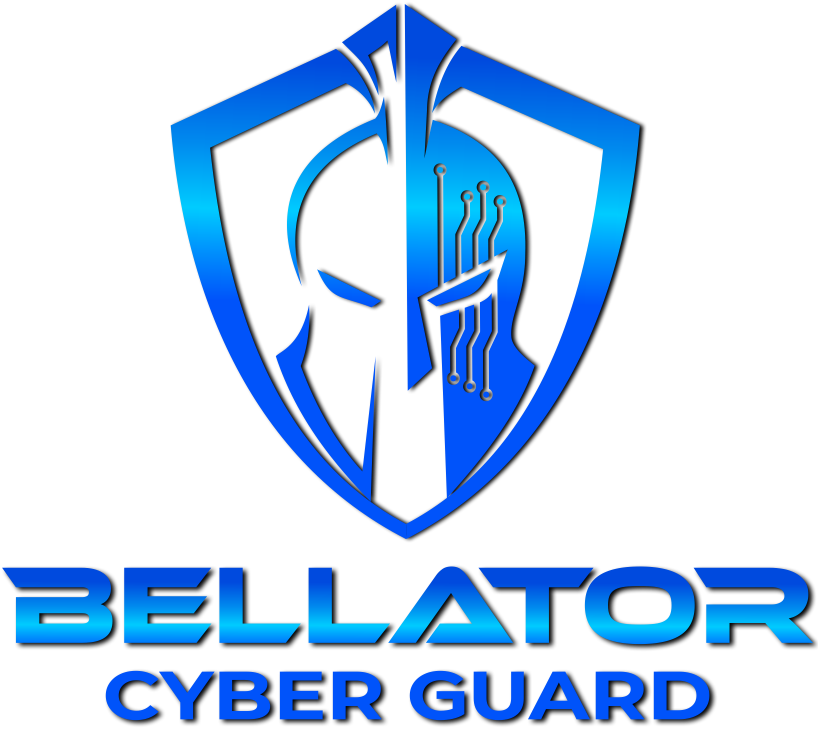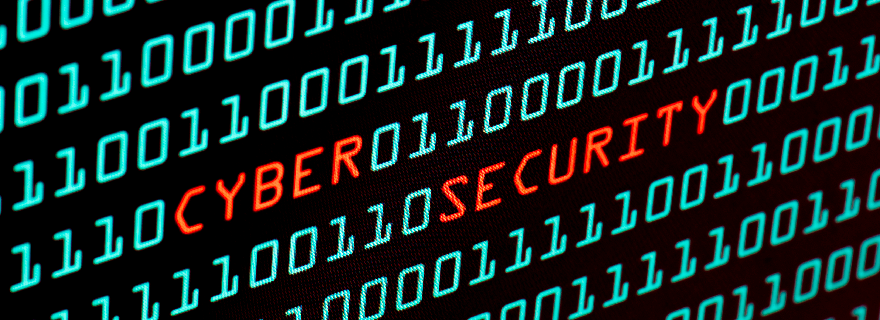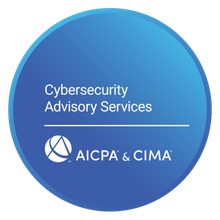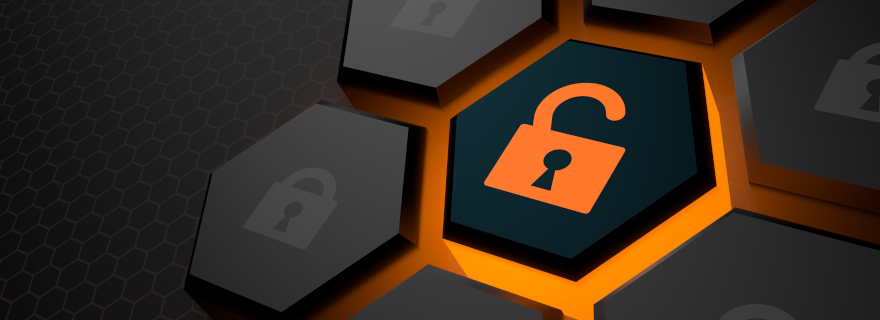A+ Certification and Why It Matters for Cybersecurity
Part 1 of the CompTIA A+ Certification
What is the A+ Certification and why does it matter for Cybersecurity?
The CompTIA A+ certification is an industry-recognized credential that validates the knowledge and skills of IT professionals. It is designed to help IT professionals demonstrate their expertise in core areas such as hardware, software, networking, security, and troubleshooting. The certification consists of two core exams: Core 1 and Core 2. Core 1 covers topics such as hardware components, installation and configuration of PCs, networks, laptops, mobile devices, operating systems, printers, and other peripherals. Core 2 covers topics such as networking technologies, security fundamentals, operational procedures, and troubleshooting techniques. Passing both exams will earn you the CompTIA A+ certification which is a valuable asset for any IT professional looking to advance their career in the field.
Core 1 Objectives
CompTIA lists the below domains as areas to be familiar with in order to pass the exam.
1.0 Mobile Devices
2.0 Networking
3.0 Hardware
4.0 Virtualization and Cloud Computing
5.0 Hardware and Network Troubleshooting
Each domain has many sub-domains (objectives) with more specific topics to be familiar with which are listed here: CompTIA Core 1 Objectives
How Core 1 material relates to Cybersecurity
Network Configuration
Another significant portion of the exam that relates to cybersecurity is network configuration. A candidate will be expected to configure network and router settings based on given requirements and security specifications, and understand firewall configurations and wireless network security settings. The exam covers different sizes of network configurations including SOHO (small office/home office) as well as larger networks and how the configurations may differ and what may be most efficient. There are many simple network configurations one can configure after logging into their router.
WPA2
WPA2 is a security protocol used to protect wireless networks from unauthorized access. It is the most widely used security protocol for Wi-Fi networks and provides strong encryption and authentication. WPA2 is important for network security because it helps protect your data from being intercepted by malicious actors, as well as preventing unauthorized access to your network. The biggest difference between WPA and WPA2 is that WPA2 requires AES encryption. AES encryption is an algorithm that encrypts data being transferred online, protecting it from unauthorized access.
MAC Filtering
MAC Filtering allows a network administrator to define which specific hardware devices can connect to the network. Much like a whitelist, the administrator can explicitly state which MAC addresses (hardware address assigned to a specific device) are permitted to access the network. All other MAC addresses will be unable to connect to the network.
Hidden SSID
Hiding your SSID is another simple network setting that can help secure your network. The SSID is essentially the name of your Wi-Fi network, for example, “HomeWiFi”. If you set the SSID to not be broadcasted, anyone attempting to access the network will need to know the SSID is HomeWiFi in addition to the password. New users attempting to join the network will need to add the network manually instead of being able to choose the network from the list of nearby networks on their device.
Internet Appliances
- Spam Gateways act as a filter for unwanted emails that may contain malicious content or are sent from suspicious sources. They may also provide features like virus scanning and blacklisting of known malicious senders.
- Unified Threat Management (UTM) is a security solution that provides comprehensive protection against cyber threats. It combines multiple security technologies such as firewalls, antivirus, intrusion prevention systems, and web filtering into a single platform. UTM helps organizations protect their networks from malicious attacks by monitoring and blocking suspicious activities. It also helps to detect and respond to potential threats quickly and efficiently. UTM can be used to protect both physical and virtual networks from external threats.
- Proxy servers act as intermediaries between a user's computer and the websites they visit, providing an extra layer of security and privacy. Proxy servers can prevent users from visiting certain sites or allow users to access content that would otherwise be blocked in their region by bypassing geographical restrictions. Additionally, proxy servers can help reduce bandwidth usage by caching frequently requested web pages and serving them from a local server instead of downloading them from the original website each time.
Data Protection
Data Protection is a key topic covered in the Core 1 exam in terms of RAID arrays, encryption, backups, cloud services, storage area networks (SAN), and more. Protecting sensitive and valuable data is important for just about everyone. The data protection objectives for the Core 1 exam cover many useful topics on how best to protect your data and ways of doing so.
Storage Area Networks (SAN) - Storage Area Networks (SANs) are a type of network that provides organizations with secure storage and access to data. They are used by organizations to store and protect their data from unauthorized access, malicious attacks, and other security threats. SANs provide a secure environment for storing data, as well as the ability to quickly access it when needed. They also provide redundancy in case of hardware failure or power outages.
RAID Arrays - RAID arrays are a type of data storage system that combines multiple hard drives into one logical unit. This allows for increased performance, reliability, and redundancy of data. RAID arrays use a combination of techniques such as mirroring, striping, and parity to protect data from loss or corruption. By using these techniques, RAID arrays can provide an extra layer of protection for important files and documents. They also allow for faster access to data by spreading the load across multiple drives.
Cloud Services - There are many different types of cloud services, the core 1 exam covers Infrastructure as a Service (IaaS), Platform as a Service (PaaS), and Software as a Service (SaaS). There are many benefits to these cloud services including secure and efficient data storage and sharing as well as secure shared environments for developers.
Encryption - The core 1 exam covers encryption technology specifically referring to Trusted Platform Module (TPM) and Hardware Security Module (HSM). TPM is a specialized chip that stores cryptographic keys, passwords, and digital certificates. It is used to authenticate hardware devices and protect data stored on them. HSM is a physical computing device that provides secure storage for cryptographic keys and other sensitive data. It is used to securely store, process, and manage encryption keys in order to protect data from unauthorized access. Both TPMs and HSMs are essential components of encryption technology as they provide the necessary security measures needed to ensure the confidentiality of data stored on hardware devices.






